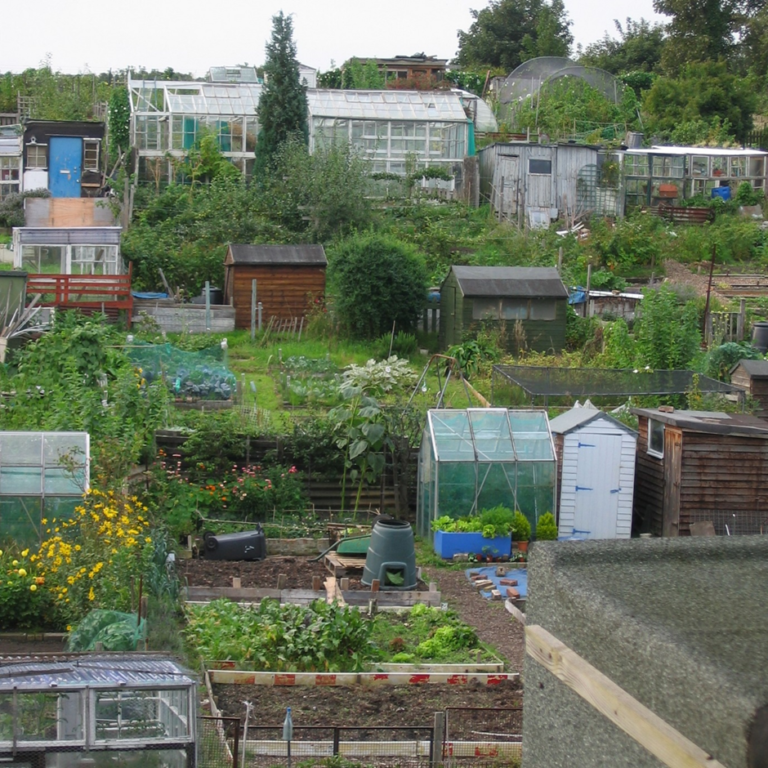Urban Design, Health, and Wellbeing: Unravelling the Paradox
The health and wellbeing aspects of human plays a pivotal role in architecture and urban design and it has been an interesting subject in decades. Though the designing approach is based on human needs, it sometimes makes our health and wellbeing at risk. This article explains about the paradox of urban design and health and wellbeing of the city dwellers.
Introduction
The infrastructure development has been increasing all across the globe and it is more focused on the transport and building facilities that provide people with effectivity. This is not all true because the vehicle-focused design can affect the changing behaviours of ours to becoming unhealthy. The 142 Urban Design (2017) stated that urban design leads to sedentary lifestyles as people rely more on cars to get around, and that inactivity leads to more death in the UK each year than smoking and the NHS spends almost £1 billion a year to treat it. Moreover, Barton and Grant (2006) explained about the determinants of health and well-being and the built environment is one contributing to it.

Figure 1 – The Determinants of Health and Well-Being, Barton and Grant (2006)
If we break down the elements of the city, there are both positive and negative aspects:
- Density and Social Interaction:
High-density urban areas promote social interaction and community engagement, but it can be overcrowding and the lack of green spaces can lead to feelings of stress.
- Green Spaces and Access to Nature:
Well-designed urban green spaces contribute to improved mental health, relaxation, and physical activity, but the limited access to it can hinder the well-being.
- Transportation and Air Quality:
Efficient public transportation systems can reduce stress and enhance mobility and effectiveness, but traffic jam and poor air quality can impact the respiratory health and overall well-being.
- Architectural Design and Aesthetics:
Aesthetic buildings can contribute to a positive mental outlook, but if it is monotonous it can lead to urban blight and impact our mental health.
Ways to Solve the Problem
The concept of ‘biophilic design’ was first introduced by Wilson (1984) to emphasise the connection between human and nature and the importance of natural elements for urban design. These are some aspects of the way people use the concept of ‘biophilia’ in the UK:
- Green Infrastructure:
Green spaces, parks, and urban forests are key features of biophilic design. In London, this concept of green infrastructure promotes biodiversity and provide residents with access to nature.

Figure 2 – The London National Park City
- Water Features:
Water elements, such as ponds, streams, and fountains, contribute to biophilia. Some urban areas in the UK have integrated water features into public spaces to create calming environments to enhance the overall urban ambiance.

Figure 3 – Bristol’s Harbourside
- Community Gardens:
Encouraging community engagement with nature with community garden makes people able to actively participate in growing plants and vegetables, and it is gaining popularity in cities like Edinburgh and Glasgow.

Figure 4 – Community Garden in Edinburgh
Conclusions
In conclusion, in designing the city, we need to be careful about the paradox it has that can affect our health and well-being. It requires a comprehensive and collaborative effort of urban planners and designers, the government, and the community. and it is important to prioritise the needs of communities, embrace sustainable and biophilic principles to enhance the overall quality of life for people.
References
Wilson (1984): Biophilia. Available at: https://www.taylorfrancis.com/chapters/edit/10.4324/9780203792650-18/biophilia-conservation-ethic-edward-wilson
Urban Design Group Journal (2017): 142 Urban Design: Health and Urban Design. Available at: https://www.udg.org.uk/sites/default/files/publications/UD142_magazine%20Health%20and%20Urban%20Design.pdf
Townshend (2023): Urban Design for Health and Well-Being [Lecture]. TCP8090 Principles of Urban Design
Front Psychol. (2021): Biophilia as Evolutionary Adaptation: An Onto- and Phylogenetic Framework for Biophilic Design. Available at: https://www.ncbi.nlm.nih.gov/pmc/articles/PMC8334556/#ref182
Image References:
Barton and Grant (2006): The Determinants of Health and Well-Being.
Edinburdh Outdoors. Rules for Allotment Plot Holders. Available at: https://www.edinburghoutdoors.org.uk/allotments/rules-allotment-plot-holders
Visit Bristol (2015): Itinerary – A Stroll Around the Harbourside. Available at: https://visitbristol.co.uk/blog/read/2015/03/itinerary-a-stroll-around-the-harbourside-b161


